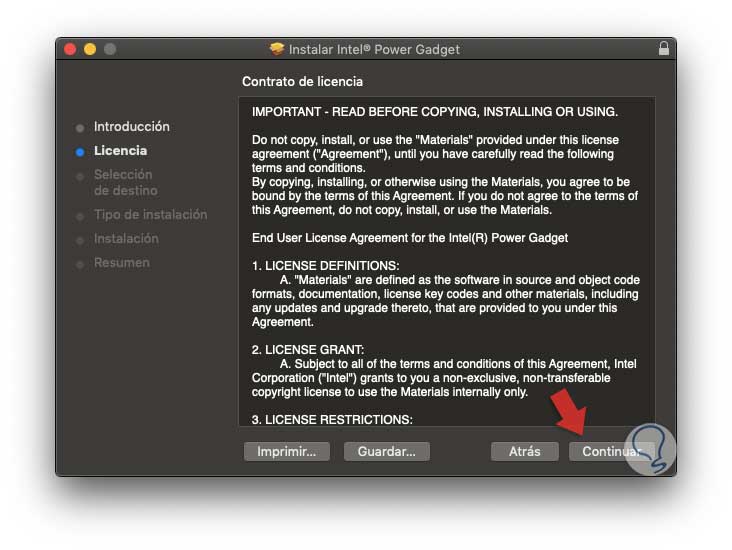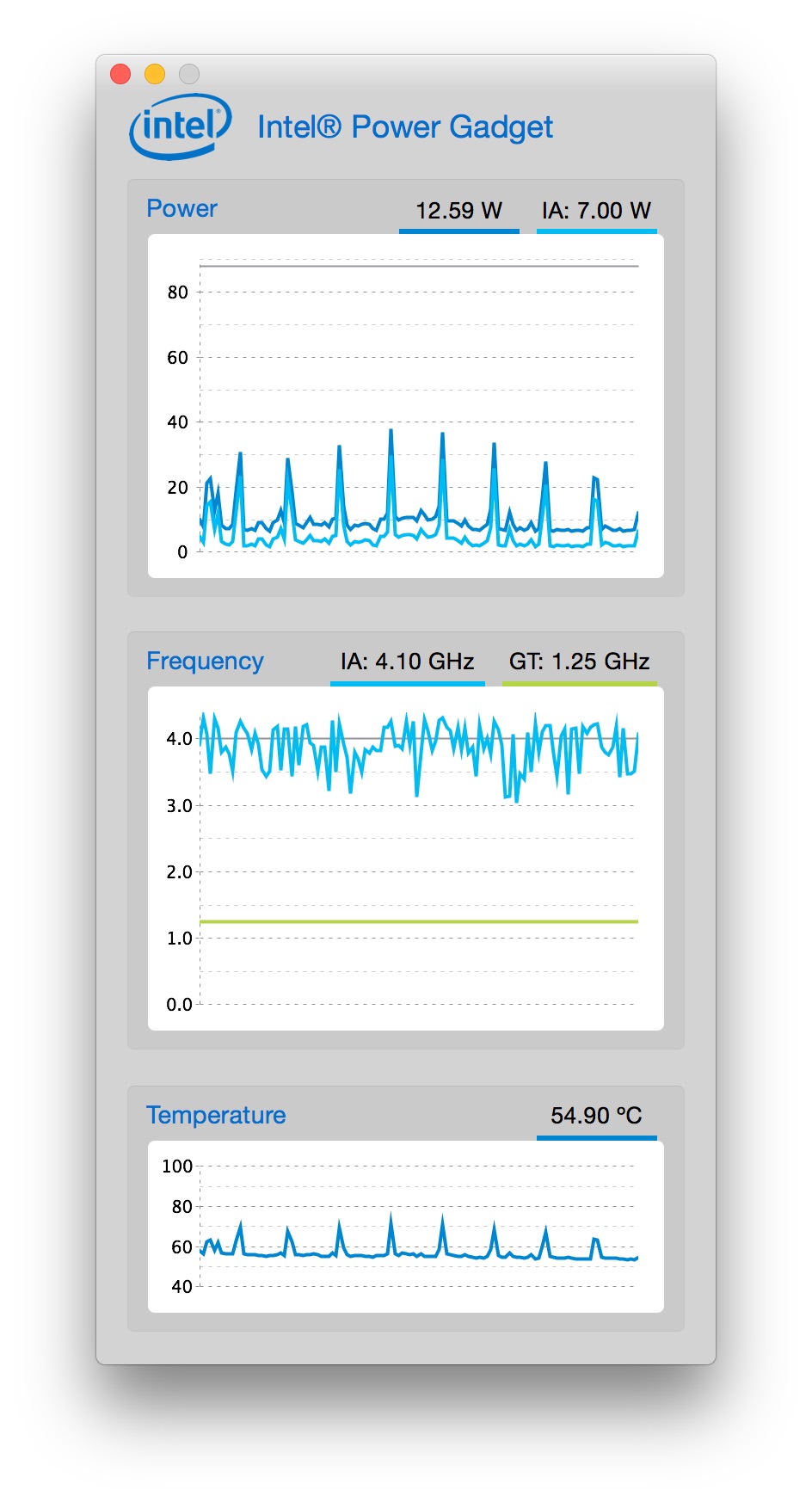

We also have a great video Analyze GPU Usage in Metrics Monitor in Intel Media Server Studio which gives you some ideas on how you might want to use the metrics. It links with the Intel Deep Learning SDK Inference Engine or the native GNA libraries, of which there are two: one for Intel Quark and the other for Intel Atom and Intel Core.In order to invoke the GNA, what the CPU does is leave the inference model in memory, and the GNA is invoked to adopt said algorithm and execute it in parallel to the work of the processor of which it is the host. It must also be taken into account that it is a low-power unit, so we cannot expect the same results as using a high-performance neural network or an FPGA configured as such, but it is good enough for tasks simple from day to day. In the later generation of processors, starting with Nehalem, the exact Tjunction Max value is available for software to read in an MSR (short for Model Specific Register).When an API interaction is needed, you need to conveniently save your keys so you can use this feature recurrently. To do that, we are going to set up an Amass configuration file , with the necessary information for the APIs to work, and throw down some commands to see how the tool behaves. We start by training the algorithm using a floating point neural network with a free choice framework.One way to enumerate and configure these features is by using the Intel Speed Select utility.

Use Intel Power Gadget Api Code With This
This is borne out by the sample c++ source which does for (int j = 0 j < numMsrs j++)EnergyLib.GetPowerData(currentNode, j, data, &nData) So you would declare it like: Static extern bool GetPowerData(int iNode, int iMSR, double pResult, out int nResult) And to call it, use a double result = new double See here for a discussion of passing arrays to unmanaged code. Since it's a double * to be filled with multiple results, you are being required to pass in a preallocated array - but how big should that array be? The doc says the following:An MSR’s function, which the API obtains from GetMsrFunc(), determines the amount and meaning of data returned from GetPowerData() as described in Table 1.So, an array of 3 doubles should be enough to hold all possible return data. What level of indirection? This is where it all starts to get uncertain for me! :)At least some of the input parameters are simple iNode and iMSR are ints, the value of which I know and can already obtain.I've declared the function in my C# code with this signature: Static extern bool GetPowerData(int iNode, int iMSR, out IntPtr pResult, ref int nResult) (I'm sure that's my first mistake, right there.)As for actually invoking the function, I've tried various possibilities, all too ugly to even show here.Could someone with greater knowledge than mine please suggest the best way to handle this function and its return value?That documentation is unclear.


 0 kommentar(er)
0 kommentar(er)
